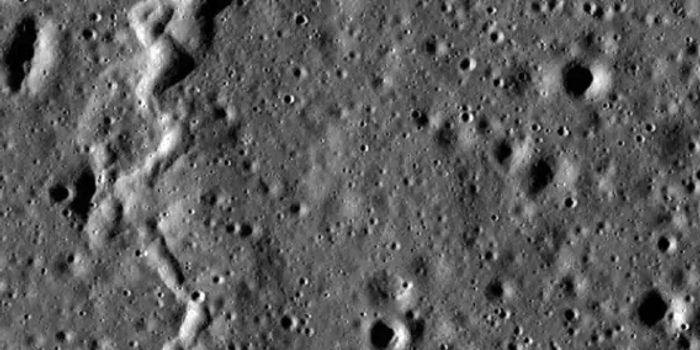Kepler Grabbed This Snapshot of the TRAPPIST-1 System
The TRAPPIST-1 system has a lot of scientists very excited about the future of space exploration because it was recently discovered to have as many as seven Earth-like exoplanets within (or near) the host star’s habitable zone.
Even for those that are a little too far from the star to be habitable based on our modern understanding of habitable zones, a recent study even concluded that it's possible for volcanoes to help support life on planets that are a little too far from the host star.
At around 40 light years away, TRAPPIST-1 is too distant to capture any clear pictures of the system with modern imaging technology. Nevertheless, NASA has shared the following image captured with the Kepler Space Telescope. The full footage shows a time lapse of light movement from the ultra-cool dwarf star:
Image Credit: NASA Ames/G. Barentsen
The image above is a screen grab from a GIF image NASA shared that had 60 frames captured during a 74-day observation. This observation was concluded earlier this month and the 60 frames account for one frame every minute during an hour-long period. The full animation is avialable below:
“Called a target pixel file, the image covers an area of 11 square pixels or 44 square arcseconds of the sky. This area is equivalent in size to holding up a grain of sand at arm’s length towards the sky,” NASA said in a statement.
Square and pixelated, the images depict some kind of a retro 8-bit video game picture, but this is simply due to the sheer distance there is between the system and our imaging equipment.
Kepler is dedicated to searching for exoplanets, and one of the things it does best is pick out sensitive light changes that could indicate the existence of exoplanets orbiting around other star systems. The flickering you see in the video isn't due to exoplanets orbiting the star, but rather because of algorithmic corrections that were made to the picture for accuracy.
In the case of TRAPPIST-1, the small Earth-like exoplanets reportedly cause a 1% dip in brightness dip that wouldn’t be noticeable with the naked eye. Kepler is indeed our saving grace in this case, because it can detect these small fluctuations.
There’s a lot of interest in the TRAPPIST-1 system, and it’s hoped that future space observation equipment could help to make examining it more closely possible. Perhaps the upcoming James Webb Space Telescope will be able to get a better look; or if not, it may help us to learn about other systems around us.
Source: NASA









